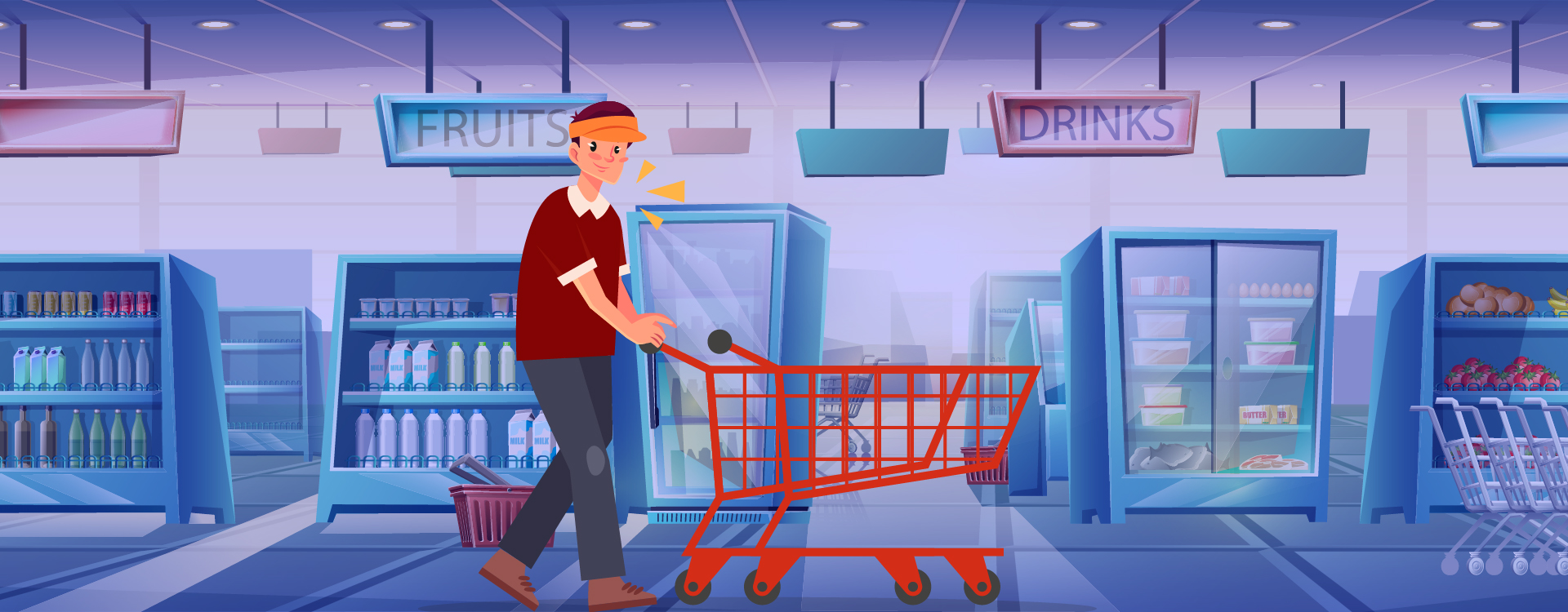There has been tremendous growth in India’s retail business over the last two and a half decades. As consumers, we have seen the unfamiliar development of the industry. And experts are now linking the digitisation and opening up of Indian retail to a more robust and more organised sector, which will provide a wide variety of employment opportunities in future.
The Organised and Unorganised Retail Sector Adds to the Economy and Employment
Even today, only a small portion of Indian retail is under the purview of the organised sector. However, the retail industry in totality, i.e., the organised and the unorganised, is expected to exceed $800 billion by 2022, with local and international companies planning to expand domestically. Industry leaders predict that the next phase of development will come from the vast rural Indian market. The existing formal and informal workforce in the retail sector stands at 800,000 – it is expected to double by 2025.
‘‘
With the new addition of retail businesses, the market capacity is set to increase from 100 million in the 2000s to 1 billion by 2025.
Factors Promoting Rapid Retail Change and Job Creation
The key drivers of rapid retail transformation are personal experience, digital operations, fintech providing an integrated supply chain, and an object-oriented application framework. With the increasingly digitised skills and functions, such as warehouse integration into the back-end system and inventory management, the retail sector is growing at a record speed. It needs a more hands-on deck to manage the rapid transformations.
Several factors have significantly contributed to the significant transformation of retail, including:
Integrated supply chain that improves local connectivity and distribution capabilities,
Government’s encouragement of digital transactions,
Emergence of innovative financial technologies (fintech)
Spectacular increase in contactless digital payments
The COVID Card – Rising Numbers in the Retail Workforce
India’s retail industry has plenty of room for everyone – from supermarkets to contemporary mom and pop store retailers (Kirana stores) and e-commerce vendors. With the new addition of retail businesses, the market capacity is set to increase from 100 million in the 2000s to 1 billion by 2025. This boom has set many inspiring stories of companies creating new growth opportunities through digital technology, such as Flipkart, Snapdeal and new retail players like Super Smelly and Nykaa, among many others.
One of the most robust retail ecosystems in India lies in the Kiranas. Due to COVID-19, even the Kirana stores adopted a digital approach. For the first time, they chose the online ordering technology through an integrated super-local supply chain and digital payments through various service providers.
What does the future hold?
While enabling additional revenue creation of $640 billion and generating 12 million jobs, the O+O model (Object-Oriented Application Frameworks) can immensely expand online-led exports from $2.1 billion in FY20 to $125 billion dollars by 2030. In the process, the sectored contribution to total exports will increase substantially as well – from 0.2% presently to 8.9% by 2030. The numbers speak for itself – this will boost jobs in retail like never before.
This can be seen from three primary angles: growth in retail trade, growth in employment and exports. Several media surveys peg the number of Kirana stores that went online last year at a staggering 1 million. E-commerce and retail convergence are great opportunities that will unfold the benefits in the next ten years.




